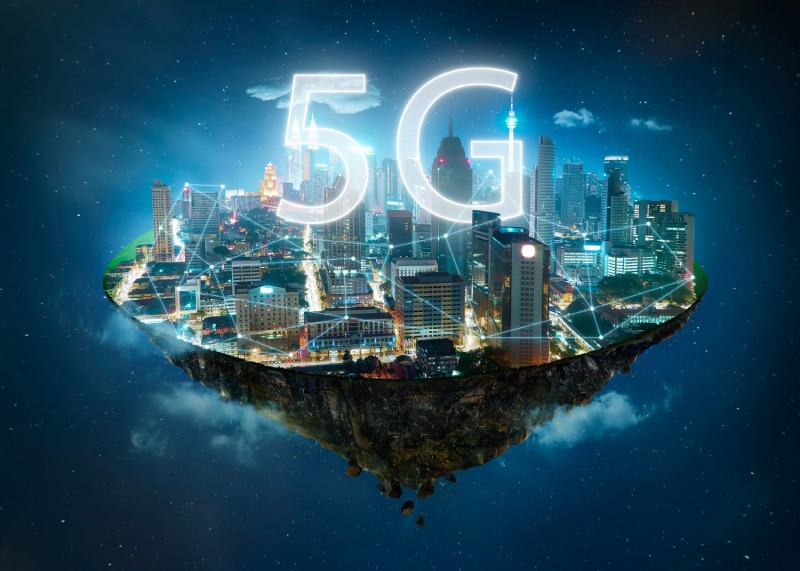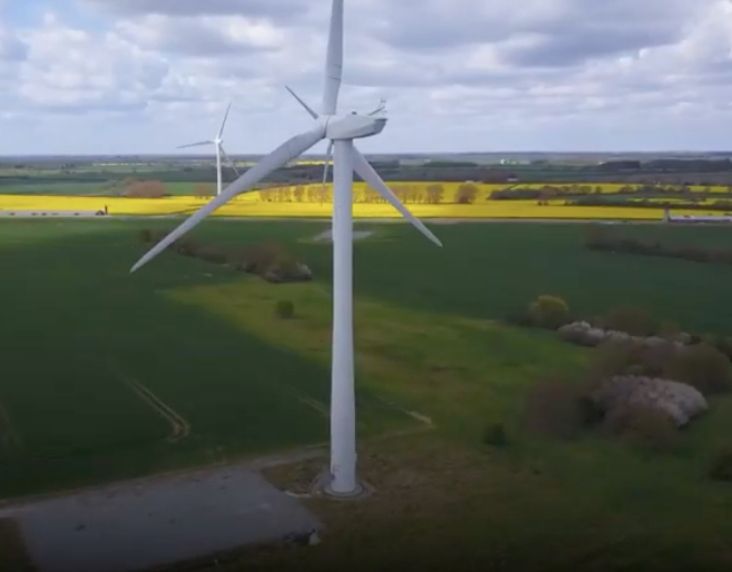
Introduction
From the era of 1G, wireless technology has gradually improved, with each advancement marking a significant leap in speeds, reliability, and much more. The spread of 4G wireless technology was a groundbreaking achievement because it delivered much better connectivity. However, 4G is not good enough for the actualization of some other futuristic ideas, like the Internet of Things (IoT). That is where 5G comes into play. With speeds of up to 10 gigabits per second (10Gbps), 5G is more than ten times faster than 4G. The IoT market is arguably going to be the biggest beneficially of 5G connectivity.
The internet of Things (IoT)
The internet of things means anything that has access to an internet connection. In a more precise description, IoT refers to all objects, machines, devices, animals, and even people connected to the internet and can communicate with one another using unique identifiers (UIDs). These can include sensors, smartphones, and smart wearables. For these to work, an exceptionally good internet connection is required. Good internet connectivity has been the broken link between the IoT and its implementation since it was imagined in the late 1990s. IoT applications include:
People and Homes
These are the largest consumer of the IoT. Households and individuals are utilizing various IoT devices ranging from smartphones, virtual assistants, security cameras to smartwatches. All these devices help in the real-time collection of data, which is used differently; data from smart wearables can be used to improve one’s lifestyle and live healthier, and so on. IoT devices used by individuals or homes make life more comfortable and convenient, in addition to providing solutions such as energy conservation and property protection
Automobiles
The IoT is pivotal in the development of autonomous cars. These vehicles, which use multiple sensors to drive themselves, collect a lot of data in real-time to help them understand their environment and make navigation easier. Even ordinary vehicles utilize the IoT in various ways, one of which is the integrated navigation systems that offer real-time travel and traffic updates.
Factories
Manufacturing is employing the IoT through the automation of various repetitive processes. Also, robots are being used to do high-risk tasks in the manufacturing industry. The sensors used in these machines and equipment can help in coming up with better approaches and techniques, which will go a long way in streamlining the entire production process, making it more efficient and safer.
Businesses
The greatest revolution coming about in the business sector is the application of the IoT in production, control and monitoring, and sales and marketing. These IoT technologies make business processes cost-effective, accurate and efficient, and scale up productivity by far. For instance, the healthcare industry uses IoT devices to monitor patients' conditions in real-time. The retail industry uses IoT devices to collect customer data in a bid to improve customer experience or in real-time inventory monitoring.
Cities
The IoT is being applied in towns and cities to capture important information or offer better services. IoT devices are used to collect different data that is processed and stored to enable better management and running of such places. For instance, CCTV cameras along city roads can be used for traffic control when the data is sent and monitored in real-time. Other sectors, such as safety and resource management, can also benefit from the IoT.
How 5G is giving the IoT life
The Internet of Things will get all it ever needed to flourish from the 5G network connectivity; 5G has superior capabilities and what it takes for the IoT to become a reality in terms of speeds, reliability, and efficiency.
High data transfer rates
One outstanding feature about 5G network connectivity is that it is unbelievably fast. As already indicated, at peak, 5G can do over 10Gbps in download speeds. This is a critical feature as far as the IoT is concerned because IoT devices need to send and receive data and information within a very short time, no matter how big the data or information is. Also, IoT devices need to be in constant communication with each other, which necessitates high-speed internet connectivity. As much as the current 4G, LTE is considerably fast, the speeds to enable the IoT operations can only be delivered by 5G connectivity. The more incredible speeds offered by 5G connectivity eliminate the issue of lagging and optimize the speeds at which connected IoT devices receive and send data and information. IoT devices across all industries will benefit from the high speeds provided by 5G connectivity.
Increased reliability
Reliability is another essential factor in the success of the Internet of Things developments. 5G connectivity offers more reliability, which means that a large number of devices can be connected at any given time and have access to a stable and robust network connection. Reliability becomes vital for IoT devices, especially those used to provide real-time updates, such as security cameras and inventory monitoring systems. 5G connectivity comes with almost negligible latency, which implies no delays between when a signal is sent from one device or point and when it is received by another. The exact latency of 5G connectivity is less than ten milliseconds, which is good enough for the IoT activities. The stability of 5G connectivity ensures that at no given point an IoT device will miss a signal due to poor connectivity whatsoever. 5G connectivity’s absorption capacity is very high; hence its speeds cannot be compromised with the addition of more devices.
Conclusion
The Internet of Things was conceptualized in 1999, and nothing much was done about it until after 2010 when technologists, industrialists, researchers, entrepreneurs, among other stakeholders, stated seeing its feasibility and usefulness. However, the efforts to have the IoT fully implemented were delayed by, on top of other things, the Internet of Things requires ultra-high-speed internet connectivity to enhance and enable the communication between IoT devices. This barrier has been broken by the introduction of 5G connectivity. 5G markets itself as a much reliable internet solution, with supersonic speeds. The IoT market is set to benefit a lot from this connectivity to achieve all its possibilities.




